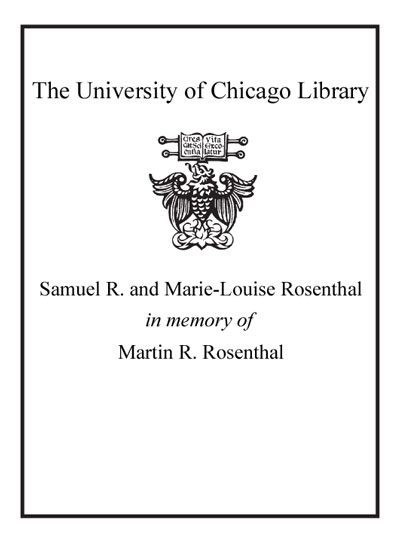| Summary: | "This book provides an account of the theoretical and methodological underpinnings of exponential random graph models (ERGMs), as well as a compendium of ERGM methods and illustrative applications"--
"Exponential random graph models (ERGMs) are a class of statistical models for social networks. They account for the presence (and absence) of network ties and so provide a model for network structure. An ERGM models a given network in terms of small local tie-based structures, such as reciprocated ties and triangles. A social network can be thought of as being built up of these local patterns of ties, called network configurations xe "network configurations" , which correspond to the parameters in the model. Moreover, these configurations can be considered to arise from local social processes, whereby actors in the network form connections in response to other ties in their social environment. ERGMs are a principled statistical approach to modeling social networks. They are theory-driven in that their use requires the researcher to consider the complex, intersecting and indeed potentially competing theoretical reasons why the social ties in the observed network have arisen. For instance, does a given network structure occur due to processes of homophily xe "actor-relation effects:homophily" , xe "homophily" \t "see actor-relation effects" reciprocity xe "reciprocity" , transitivity xe "transitivity" , or indeed a combination of these? By including such parameters together in the one model a researcher can test these effects one against the other, and so infer the social processes that have built the network. Being a statistical model, an ERGM permits inferences about whether, in our network of interest, there are significantly more (or fewer) reciprocated ties, or triangles (for instance), than we would expect"--
|
|---|

